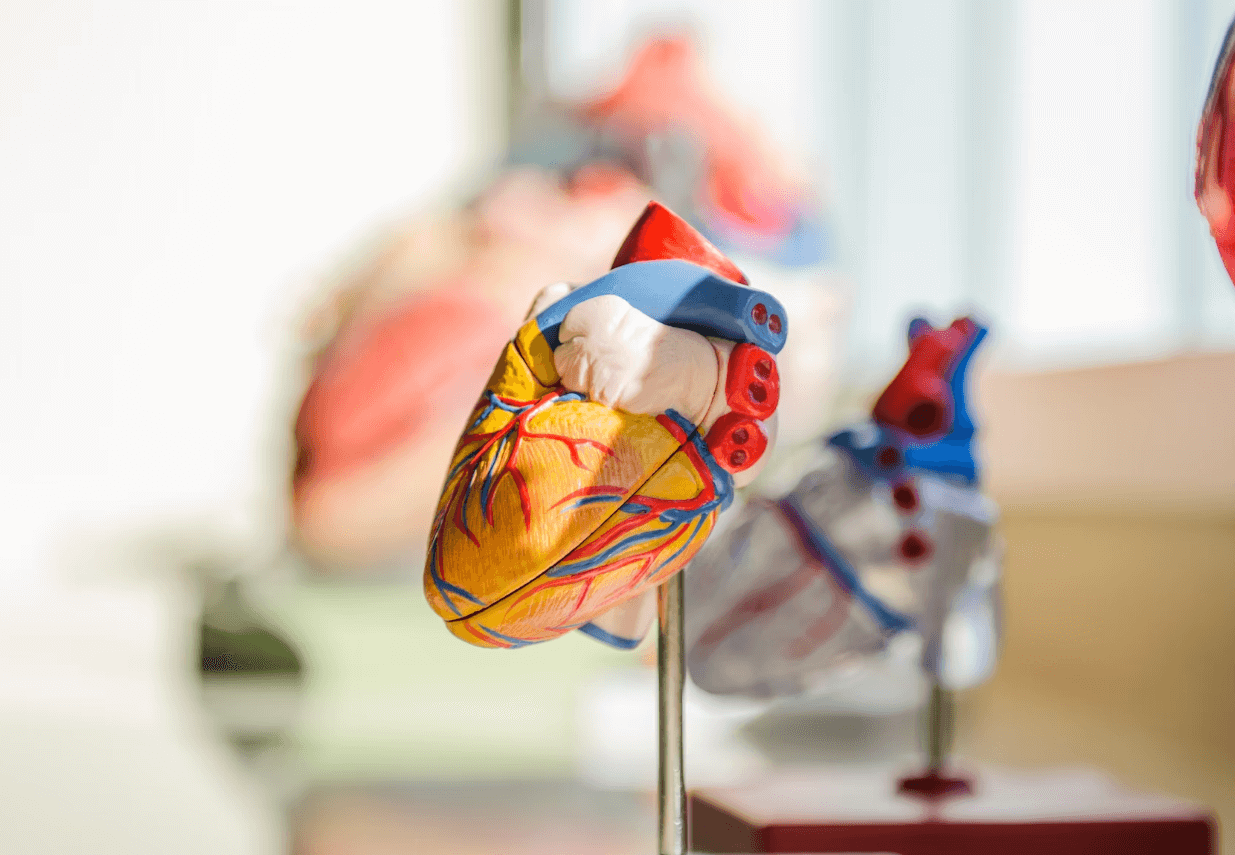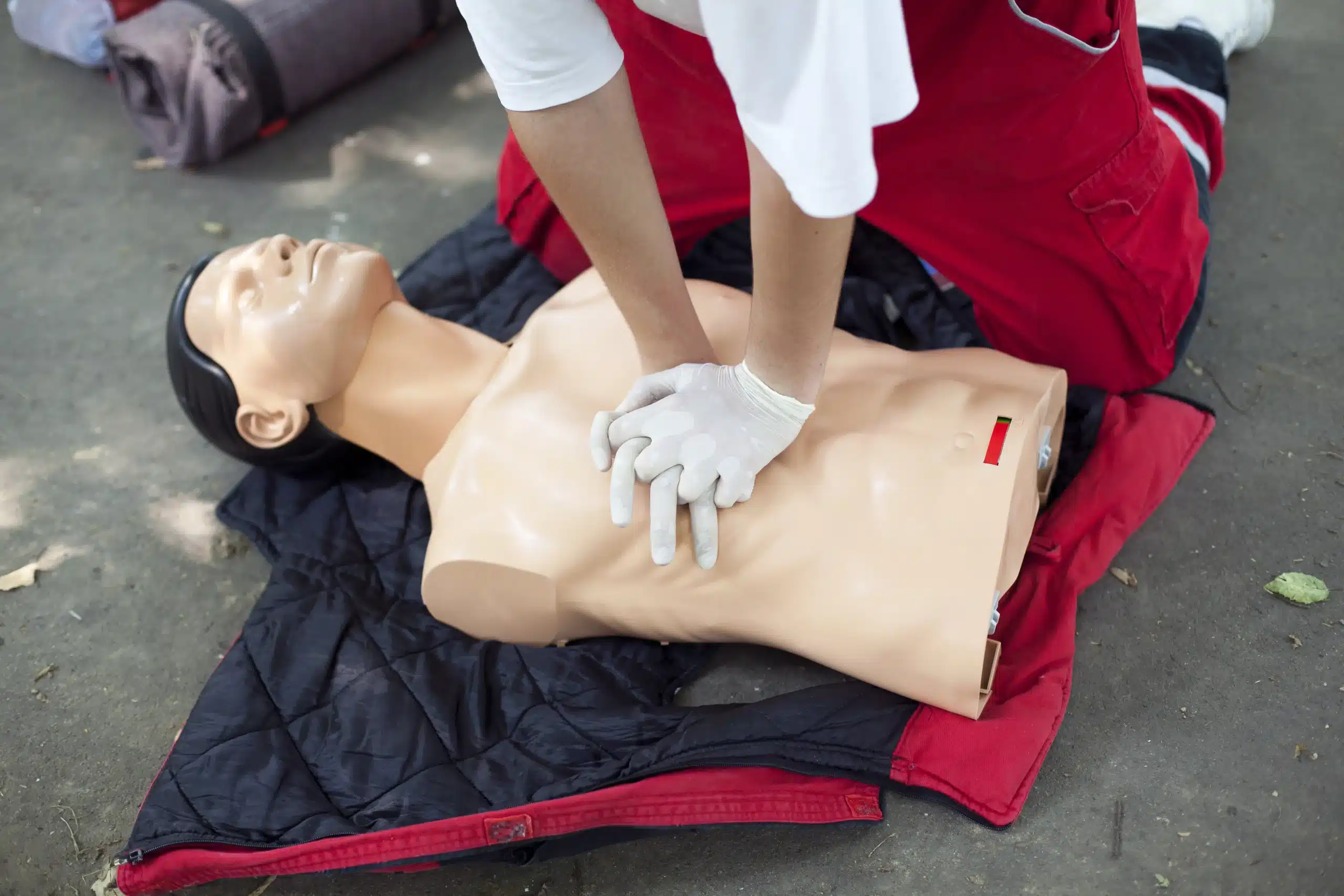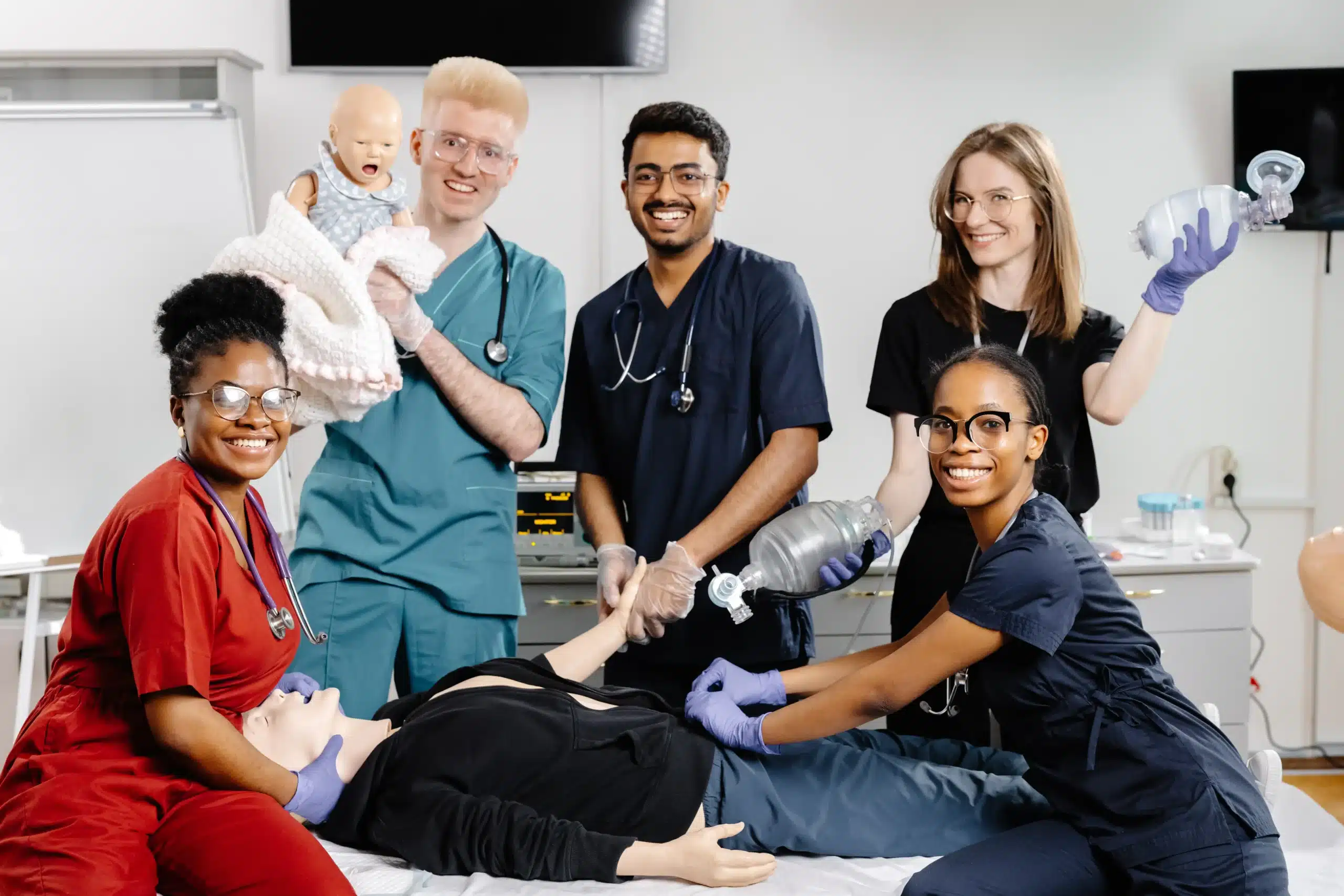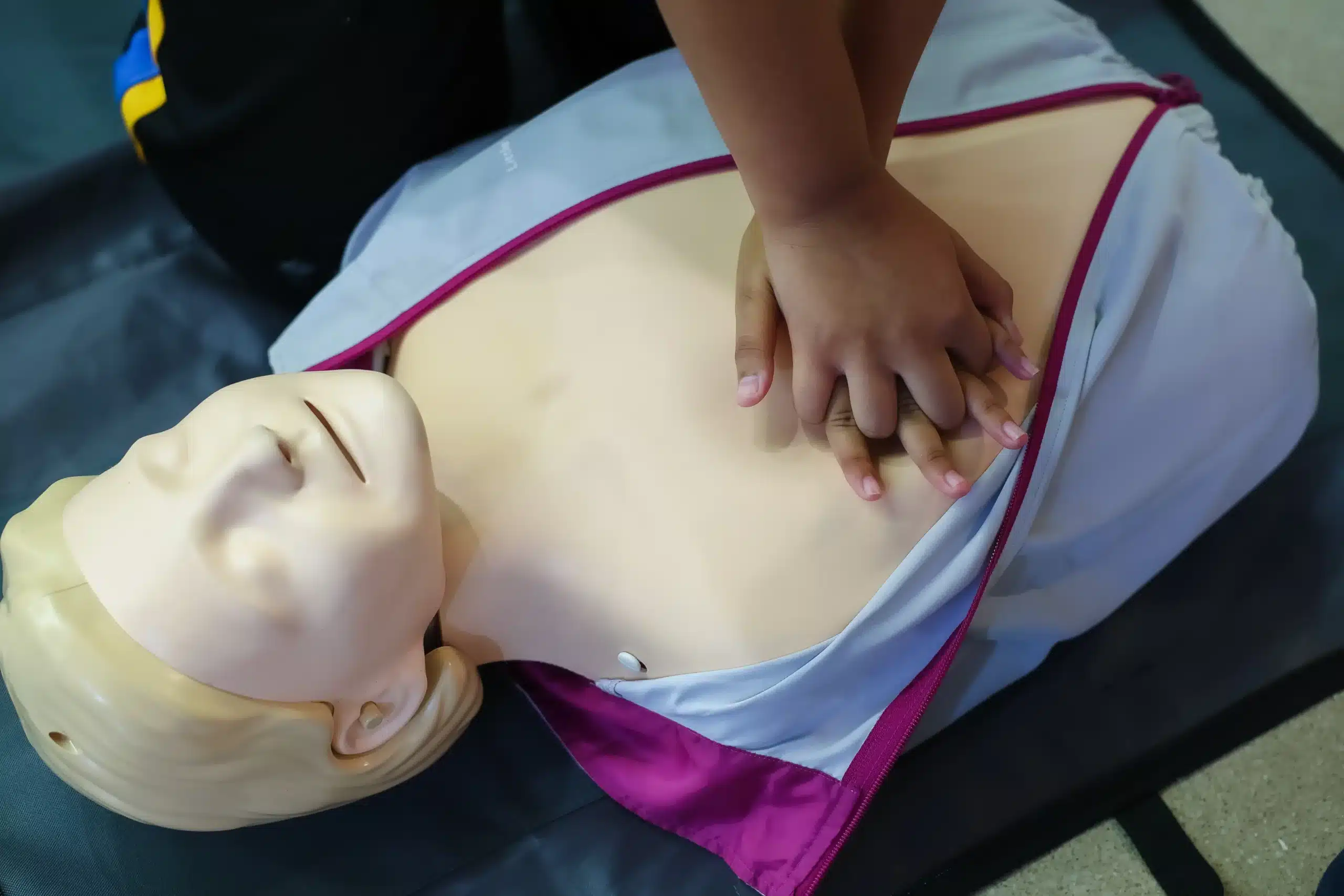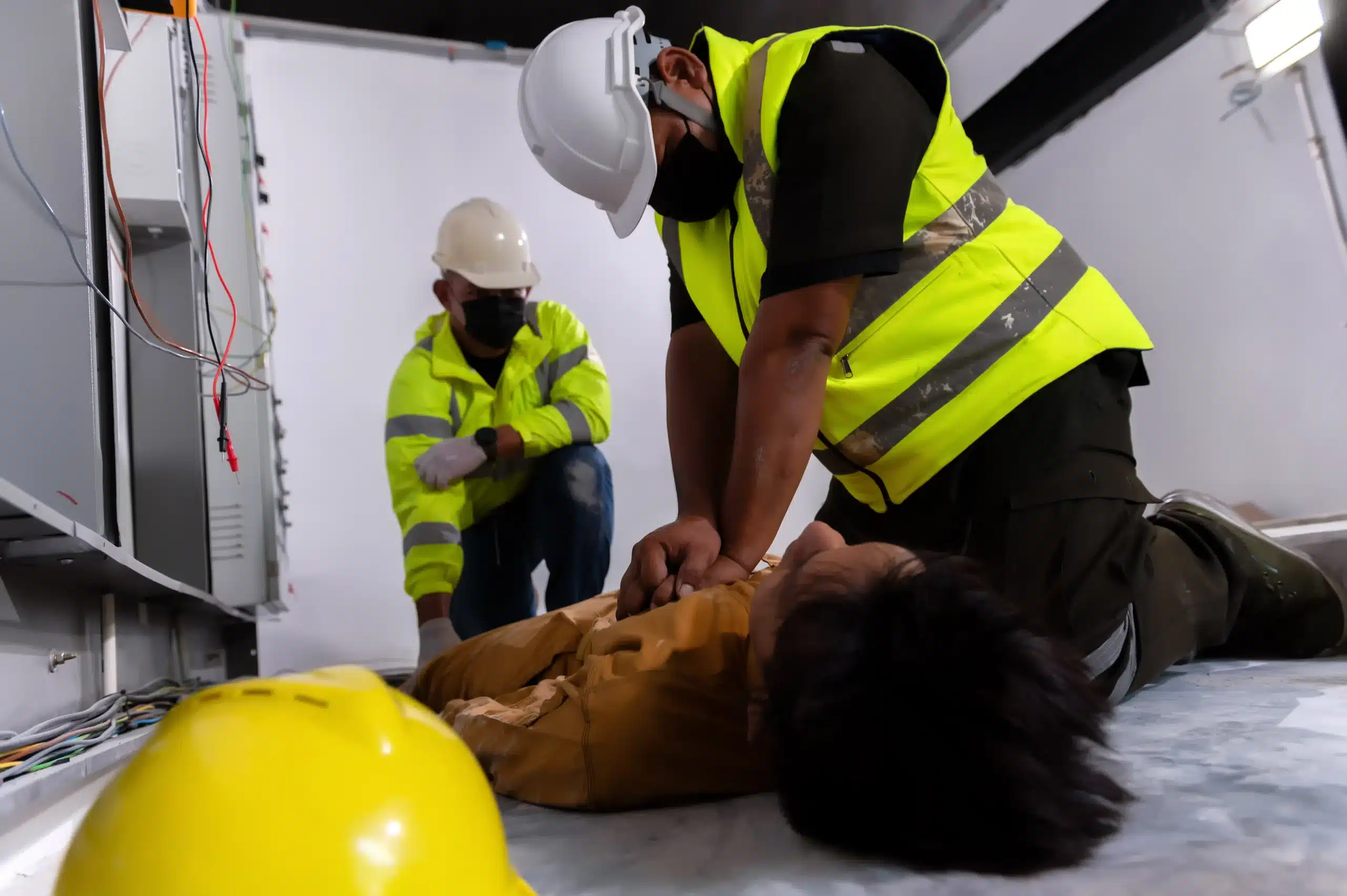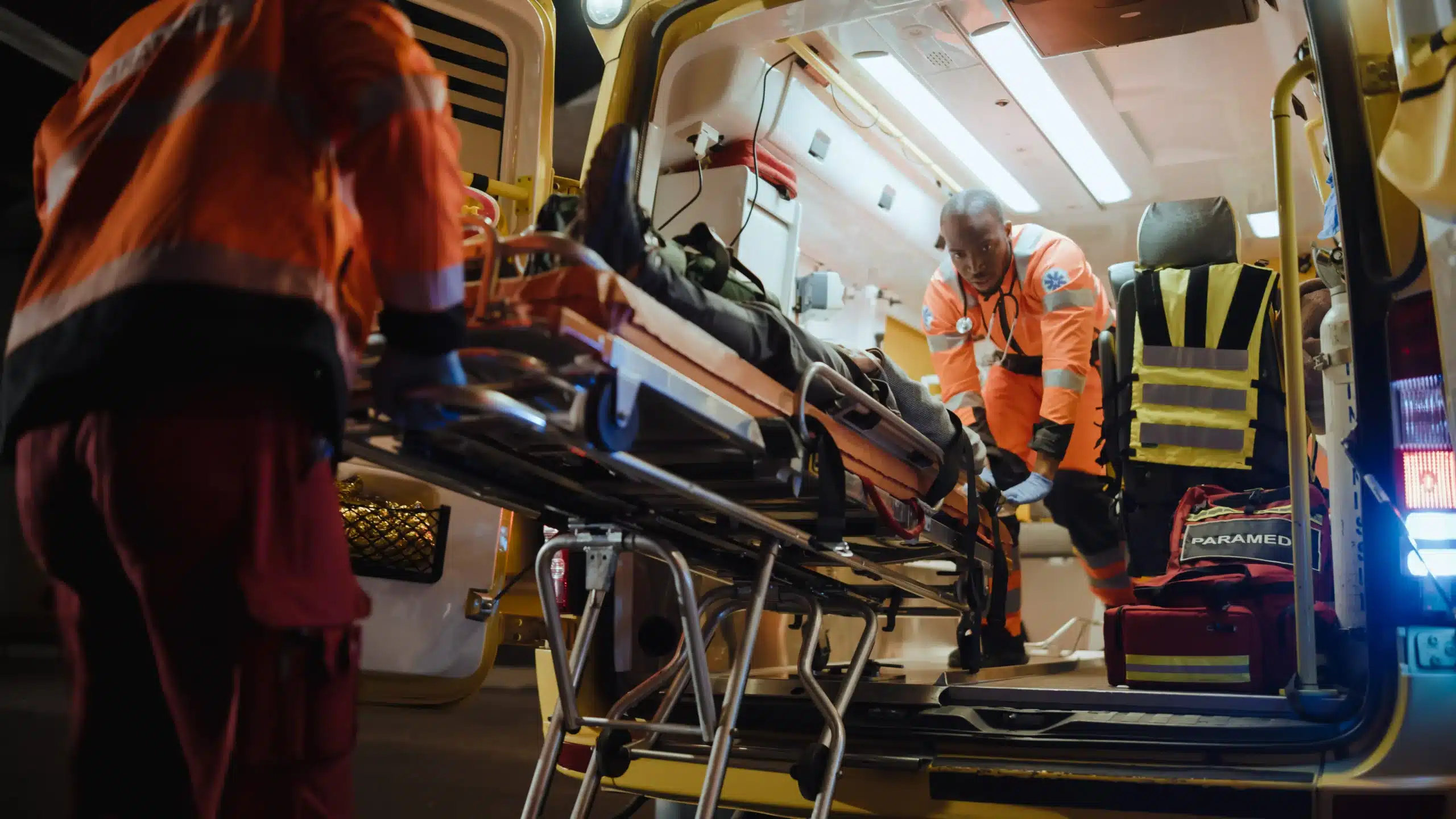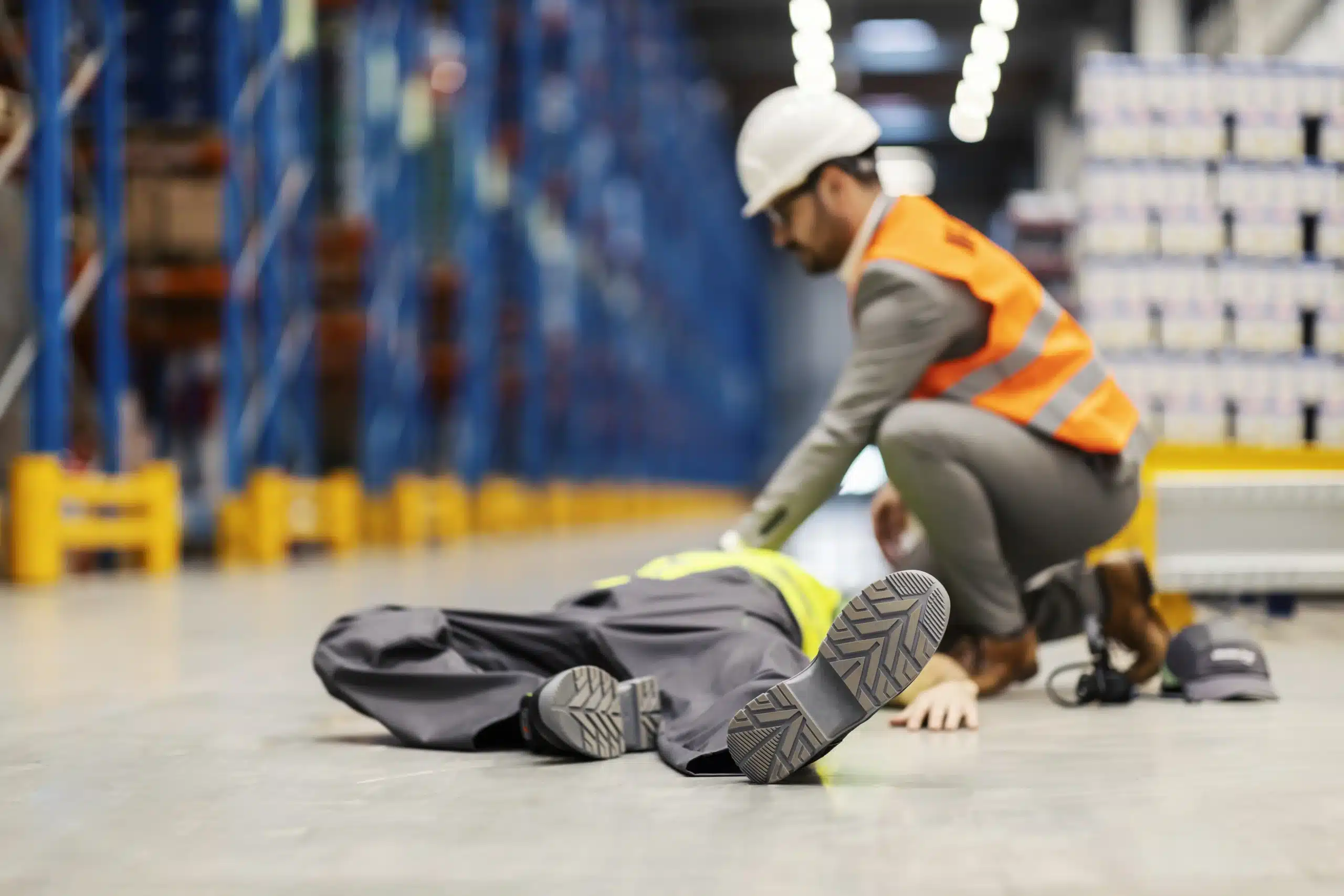Cardiopulmonary Resuscitation (CPR) saves lives every single day. When the heart stops beating or breathing ceases due to cardiac arrest or respiratory emergencies, CPR becomes a critical intervention to maintain blood flow and oxygenation until advanced care arrives. Its importance spans both healthcare professionals and bystanders, empowering ordinary people to deliver extraordinary help.
This blog covers everything you need to know about CPR—what it is, its history, its life-saving role, and how you can get CPR-certified. We’ll also tackle common myths and give actionable lessons for both healthcare professionals and the general public.
Key Takeaways
- Vital Role: CPR sustains life until advanced help arrives.
- Accessible to Everyone: Both healthcare professionals and the public can learn and perform CPR.
- Action Saves Lives: Immediate intervention doubles or triples survival chances.
What Is CPR and Its Role in Healthcare
CPR, or Cardiopulmonary Resuscitation, is a life-saving emergency procedure used when a person’s heart stops beating (cardiac arrest) or they are unable to breathe. The primary goal of CPR is to pump oxygen-rich blood to the brain and other vital organs through a combination of chest compressions and rescue breaths.
How Is CPR Performed?
CPR follows this basic approach:
- Chest Compressions – Push down on the chest in a firm and rhythmic motion to mimic the heart’s pumping action.
- Rescue Breaths – Provide air to the lungs by breathing into the victim’s mouth if confident doing so.
- Call for Help – Notify emergency services and encourage others to help.
CPR can be applied in hospital settings, during crises like drowning incidents, or in public spaces, making it a universal intervention.
Immediate and Long-term Goals
- Immediate Purpose: Restores blood flow to vital organs during emergencies.
- Overall Goal: Prevents brain and organ death until professional help arrives.
Whether you’re a paramedic in an ER or a bystander responding to a collapsed stranger, CPR is a vital, often life-saving measure.
The History of CPR
The CPR we know today is the product of centuries of medical discoveries. Here’s a brief timeline of its evolution:
- 18th Century: Mouth-to-mouth resuscitation techniques were first documented.
- 1950s: Scientists developed closed-chest cardiopulmonary massage, laying the foundation for modern CPR.
- 1960: The American Heart Association (AHA) introduced formal CPR guidelines.
- 21st Century: CPR techniques continue to evolve alongside advancements in medicine and research.
Milestones like these have made CPR not only effective but also accessible to medical professionals and everyday citizens alike.
Importance of CPR in Saving Lives
The statistics around cardiac arrest are staggering. According to the American Heart Association, more than 356,000 out-of-hospital cardiac arrests happen annually in the United States. Shockingly, nearly 90% of these cases are fatal without swift action—but CPR can change that.
The Chain of Survival
The “chain of survival” is critical to understanding why immediate action during a cardiac arrest matters. It includes:
- Early Recognition: Recognizing cardiac arrest.
- Early CPR: Providing chest compressions and rescue breaths.
- Defibrillation: Using an Automated External Defibrillator (AED).
- Advanced Care: Paramedics perform advanced life-saving techniques.
Bystander CPR can double or even triple survival chances. Every second counts, making fast, effective intervention a difference-maker.
The Role of Healthcare Professionals in CPR
Healthcare professionals, from nurses to doctors to paramedics, are often the first responders in emergency scenarios. Their competence in performing CPR determines patient outcomes and reinforces their role as life-savers.
Why Ongoing Training Is Key
Healthcare workers must regularly update their CPR skills. Techniques evolve, and certifications renew every two years to ensure competency in fast-changing medical practices.
CPR’s Impact in Clinical Settings
- Emergency Rooms: Nurses and doctors administer CPR to revive critical care patients.
- Paramedics: Respond swiftly in out-of-hospital emergencies.
- Medical Educators: Teach CPR skills and ensure staff proficiency.
These individuals are trained not only to save lives but to pass on knowledge, making CPR training crucial across every tier of healthcare.
CPR Training and Certification
Getting certified in CPR is easier than you think. Training equips you with the knowledge and confidence to act swiftly in life-threatening situations.
How to Get CPR Certified
- Find a Course: Organizations like Safety Training Seminars offer AHA-approved courses.
- Enroll in a Program: Choose from Basic Life Support (BLS), Advanced Cardiac Life Support (ACLS), Pediatric Advanced Life Support (PALS), or CPR and First Aid for general emergencies.
- Complete the Training: Courses range from a few hours to a few days, with hands-on training included.
Both healthcare professionals and the general public are encouraged to get certified.
Why Public Training Matters
Cardiac arrests happen at home 70% of the time. Training everyday individuals ensures that lifesaving action can begin immediately, even before medical professionals arrive.
Debunking Myths About CPR
CPR can seem intimidating, but myths often stop people from taking action. Let’s clear up some misconceptions.
Myth: Only trained professionals should perform CPR.
Truth: Even imperfect CPR is better than doing nothing.
Myth: CPR is always physically invasive.
Truth: Hands-only CPR (chest compressions without rescue breaths) is encouraged for untrained responders or during pandemics.
Taking action, even with limited knowledge, can make an incredible difference.
Giving You the Power to Save Lives
Mastering CPR doesn’t require a medical degree—just a willingness to learn. Whether you’re in healthcare or a concerned citizen, these skills provide the confidence to step in when it matters most.
Consider enrolling in a CPR certification class in Visalia today. Safety Training Seminars offer CPR & First Aid, BLS, ACLS, and PALS courses to get you started. Together, we can make every community safer—one heartbeat at a time.
